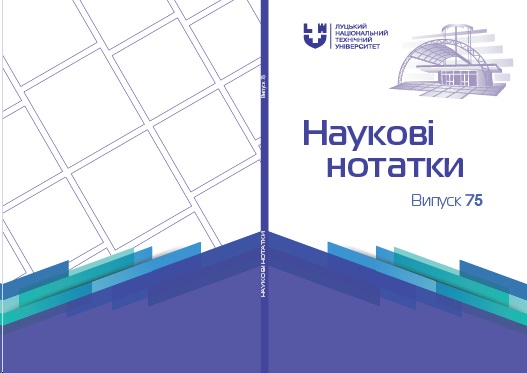SIMULATION OF THE GROWTH OF CRACK SYSTEMS IN METAL PLATES UNDER THE ACTION OF LONG-TERM STRETCHING AND HYDROGEN-CONTAINING ENVIRONMENTS
Abstract
Using the previously developed deformation approach, calculation models were built to determine the residual life time of plates with crack systems under the action of a long-term static load and a hydrogen-containing environment. As experimental data show, a hydrogen-mechanical crack moves in a jump-like manner with a jump length between the maxima of deformations and stresses near the top of the crack. Determination of this jump length over a certain time under the action of hydrogen and mechanical deformations is the basis for creating a mathematical model of hydrogen-mechanical crack propagation. The model is applied to determine the residual life time of a plate with different types of hydrogen-mechanical crack systems: periodic, double-periodic, and periodic parallel crack systems. The dependence of the residual life time of the plate on the force parameter of the load, the concentration of hydrogen and the geometric parameters of the crack systems was established.





